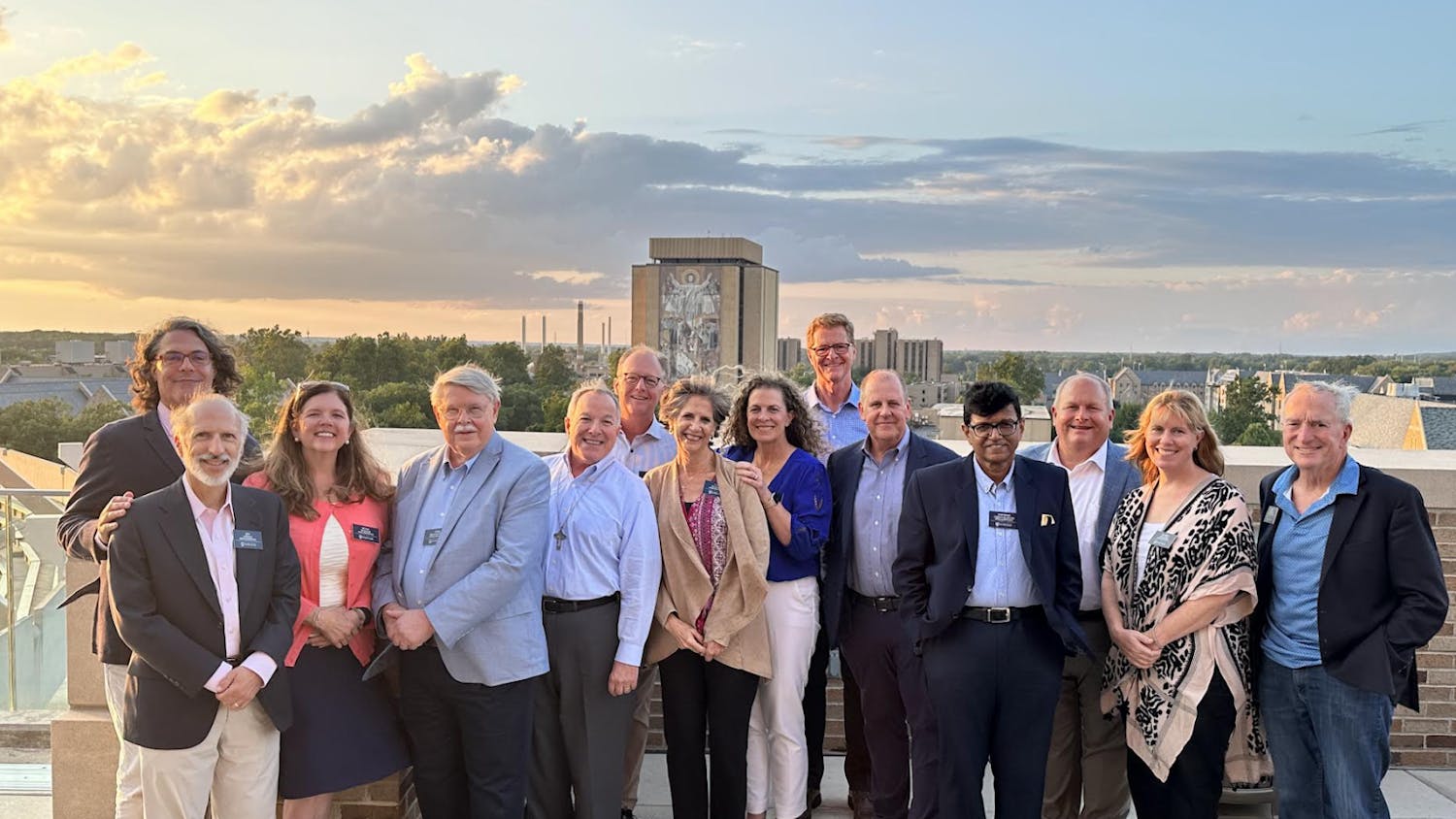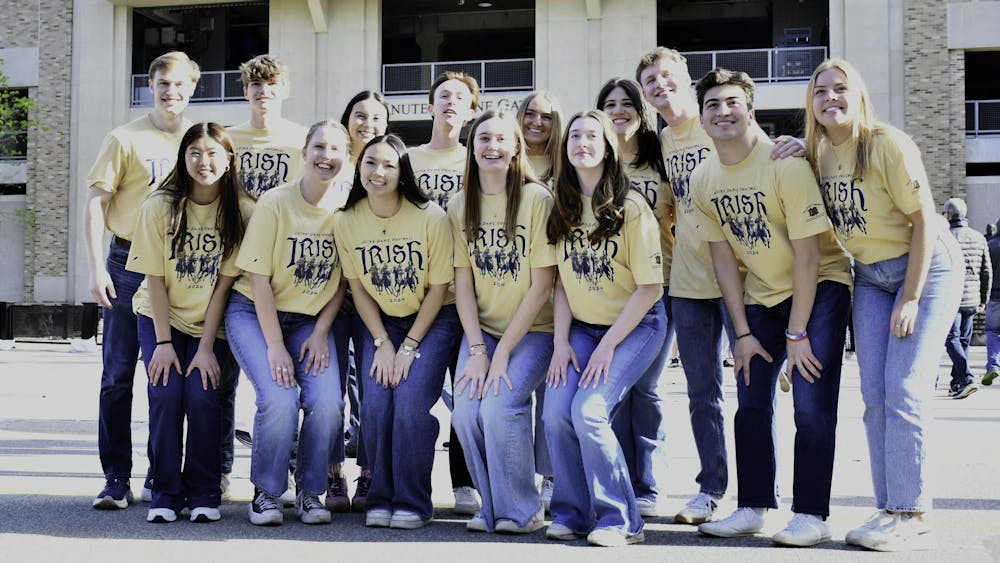In the results of the 2016 Campus Climate survey, 14 percent of respondents indicated they had experienced some form of non-consensual sexual intercourse or contact while a student at Notre Dame.
That number, vice president of student affairs Erin Hoffmann Harding said, is too high.
“We know, always, that these instances are happening on our campus, and that is not what we want,” Hoffmann Harding said. “We want to do everything we can to prevent these instances, and make students feel comfortable with reporting. You still see that it’s happening, but you still see there is underreporting, which is sobering, but it motivates us to do more and work harder.”
While the number is down 2 percent from the 2015 result, Christine Caron Gebhardt, director of the Gender Relations Center at Notre Dame, says there is still a long way to go to get that number down.
“That’s not us sitting back and saying ‘[The number] declined so we must be doing great things,’” Gebhardt said. “It’s us saying ‘Great, it declined — what more can we do?’”
Hoffmann Harding said it is encouraging to see awareness of policies regarding sexual assault is high.
“I was really proud of students who don’t think this behavior should be tolerated on our campus,” Hoffmann Harding said. “The numbers are really good. We’ve seen some of the education programs … give way to a big bump in awareness strategies, so that’s good news.”
Heather Ryan, deputy Title IX coordinator, said she was happy to see that 98 percent of respondents indicated they would identify at least one University resource for support.
“That [resource] can be wherever they want to go for them, so that was good news in my opinion,” Ryan said.
However, according to the results of the survey, only 10 percent of students who indicated they had experienced non-consensual sexual intercourse reported this to the University. The challenge, Ryan said, is removing some of those barriers to reporting incidents.
“If we’re going to make a difference here, we have to figure out what’s holding students back,” Gebhardt said. “We’re really trying to empower them and help them see there are resources and things available.”
Satisfaction rates for respondents that have reported incidents to the University and gone through the processes were low, according to the results, which is a major focal point for improvement, Ryan said.
“We receive feedback on an ongoing basis,” she said. “Continuing to remain open to those conversations is really important … but I think we can do better with that.”
The Committee on Sexual Assault Prevention (CSAP) will meet in the coming months to address these barriers and other notable results of the survey.
“We try to take our students’ experience, dig deeper into what you’re all saying in focus groups and then look at peer institutions and say, okay let’s hold our programs, our initiatives, the things that we’re doing under a light and see what’s effective,” Gebhardt said. “But let’s not do things because we’ve done it before, let’s do things because they’re effective.”
The University plans to administer the survey every other year, Hoffmann Harding said.
“We will do focus groups to learn from the results, so we’re not just surveying and surveying,” Hoffmann Harding said. “We’re trying to learn, talk with our community about what the survey has shared with us. For us, that feels like every other year is about the right time frame for us to look at that.”













